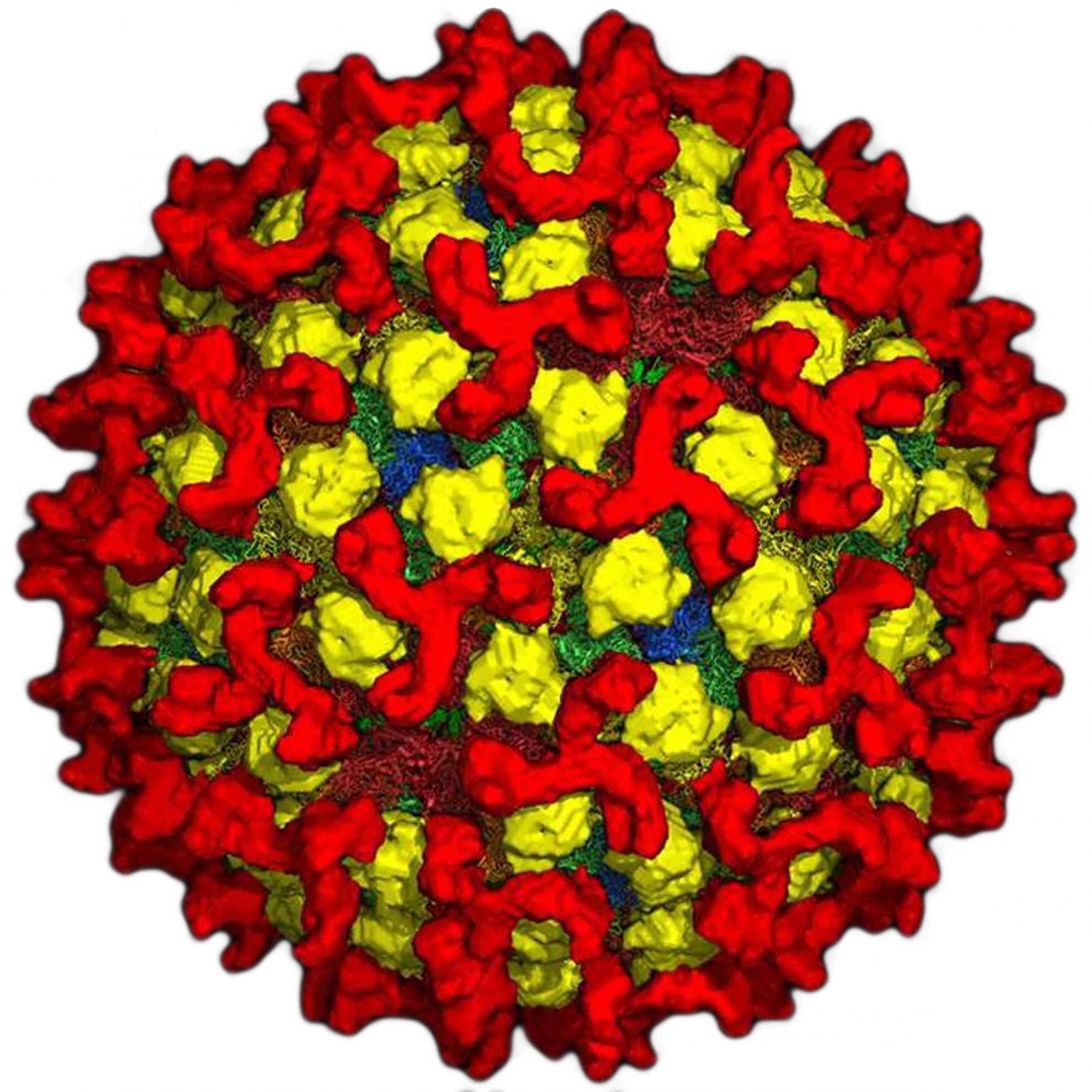No evidence for involvement of sheep in the epidemiology of cattle virulent epizootic hemorrhagic disease virus
Epizootic hemorrhagic disease virus (EHDV) is an Orbivirus. While not previously considered as an important disease in cattle, several EHDV serotypes (EHDV-6 and 7) have recently been implicated in disease outbreaks. The involvement of sheep in the epidemiology of EHDV is still not understood. In this study we compared the prevalence of antibodies to EHDV and bluetongue virus (BTV) in sheep to their prevalence in cattle after an outbreak of EHDV that occurred in Israel during 2006. Sixty-six sheep and lambs scattered in seven herds were compared to 114 cows and calves scattered in 13 dairy cattle herds, matched to the sheep herds by location. While antibody prevalence to EHDV was high in cattle (35.2% within the outbreak zone) no evidence of exposure to EHDV was found in sheep (p < 0.0001). Antibodies to BTV were apparent in both cattle and sheep though in the former it was significantly higher (63.2%, 16.7% respectively, p < 0.0001), suggesting higher exposure of cattle to biting Culicoides midges. Taken together, these results imply that sheep have a negligible role in the epidemiology of EHDV.
Back to publications
